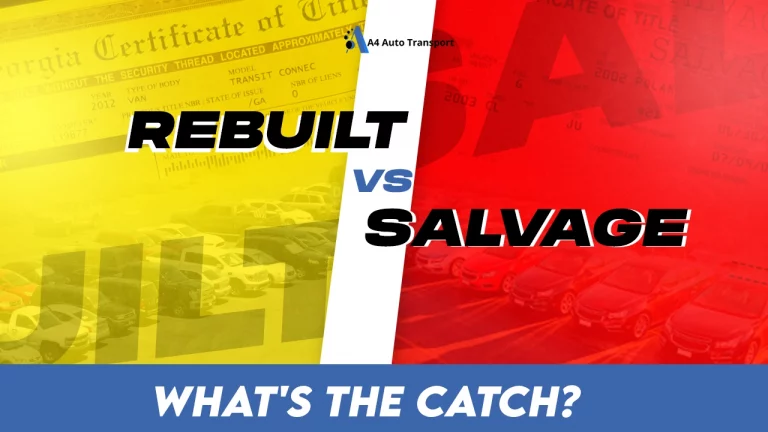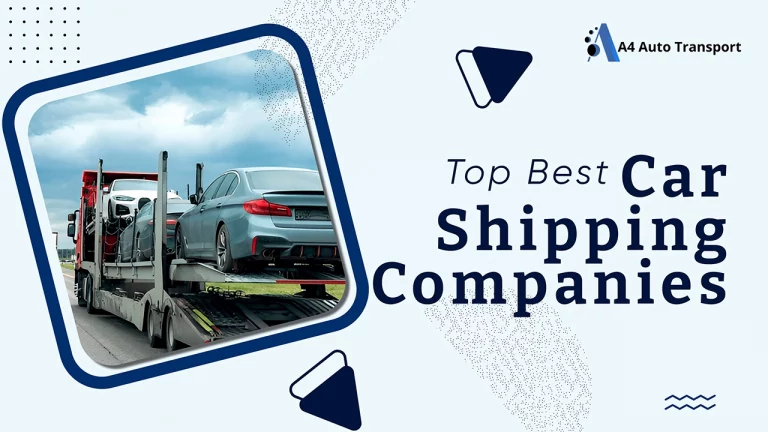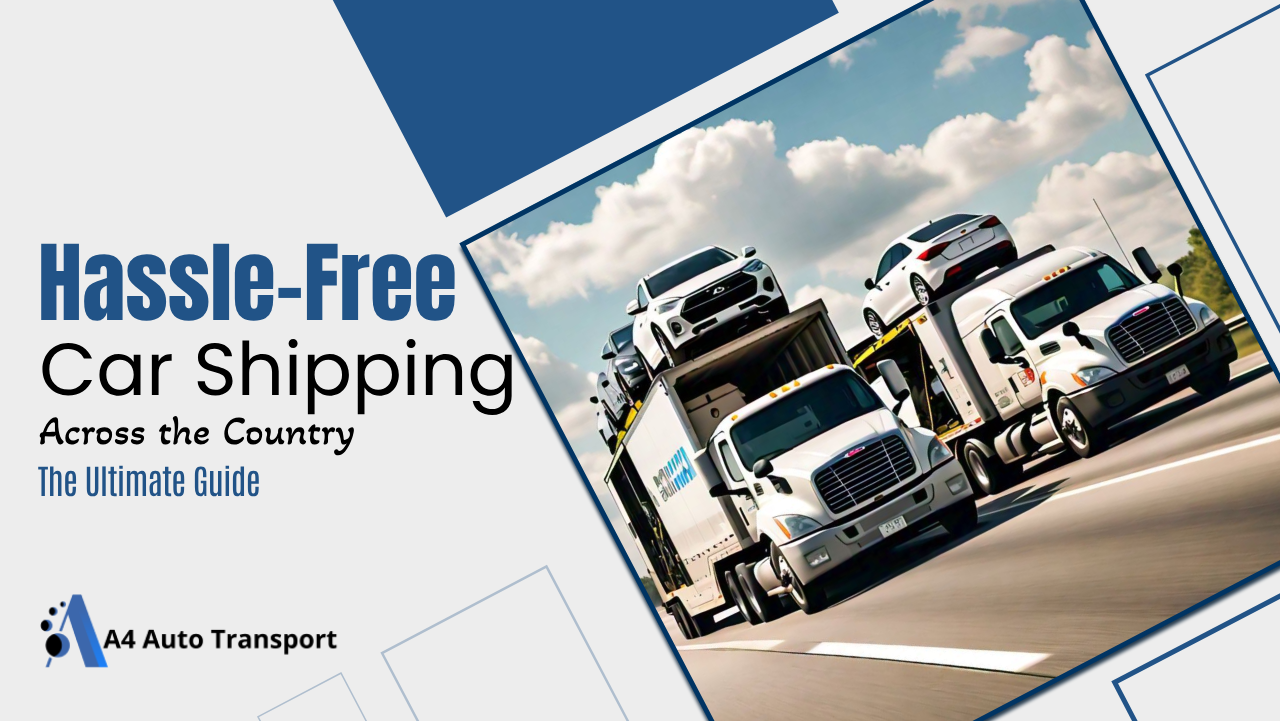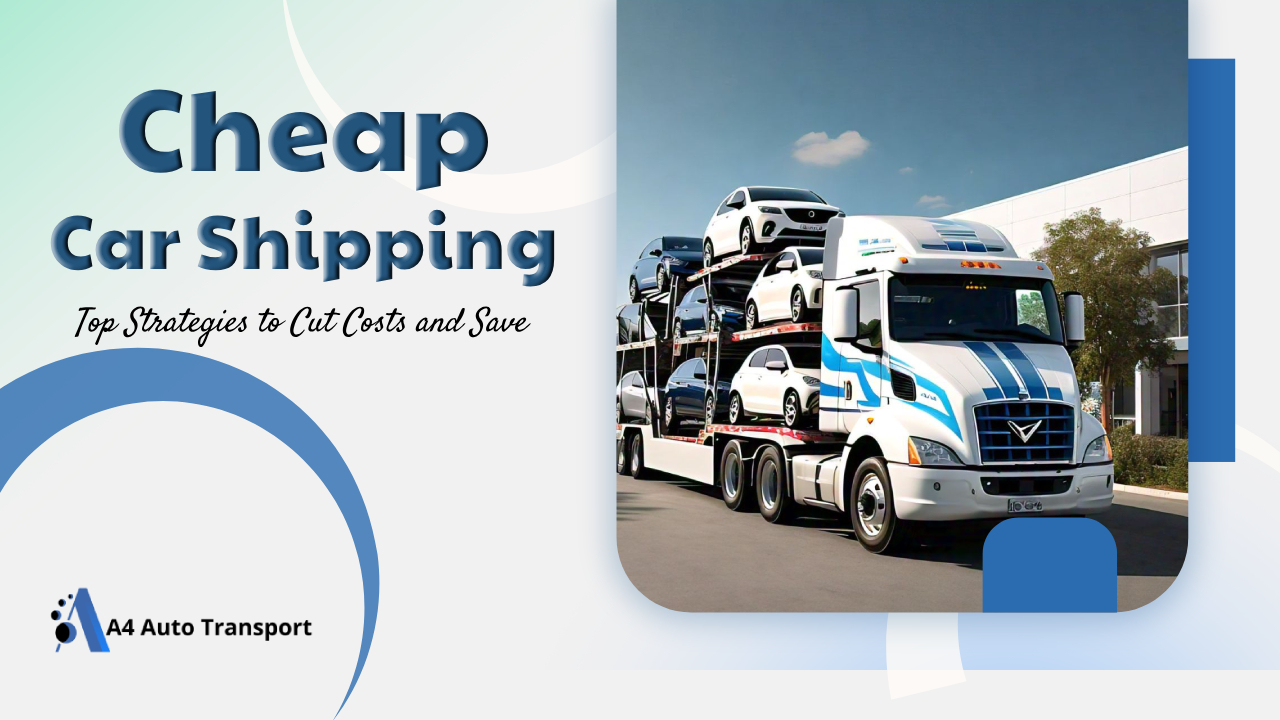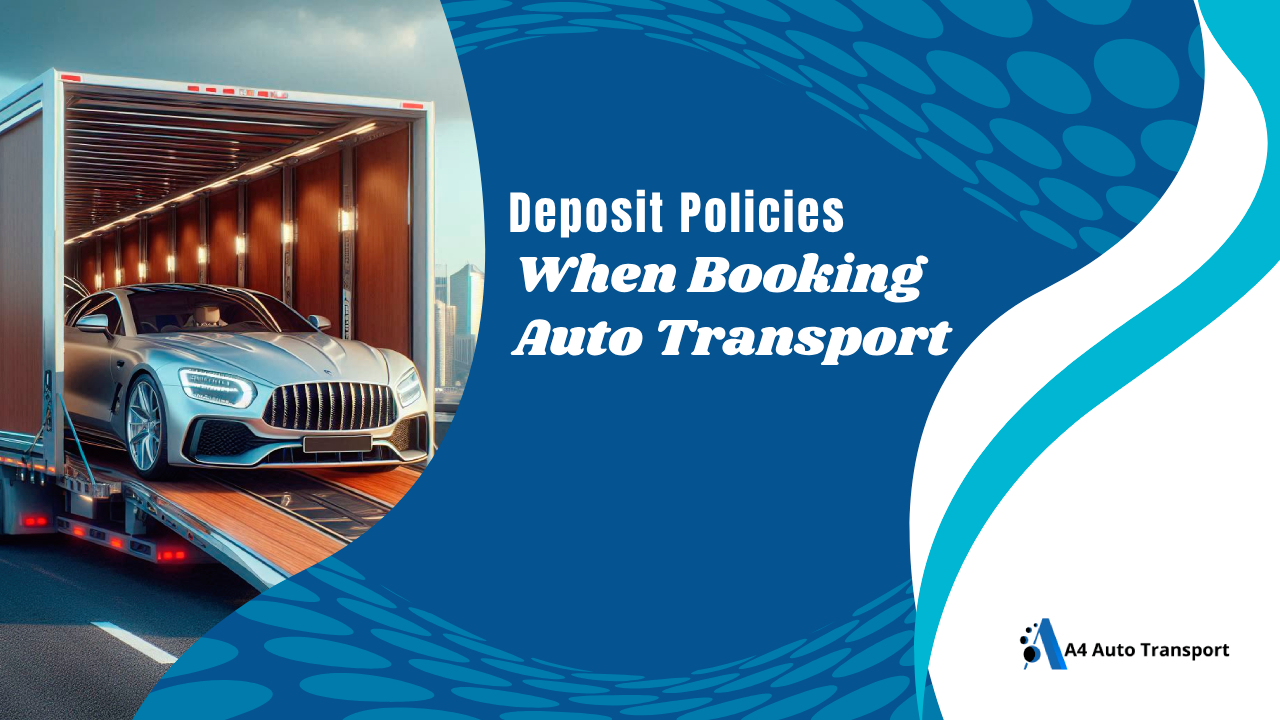How to Ship a Car: Step-by-Step Instructions for Smooth Auto Transport


Shipping a car can feel daunting with so many options, costs, and questions to figure out. If you are relocating across the country or sending a vehicle to a family member, knowing how to ship a car the right way is the key to avoiding stress, delays, and surprise expenses.
In this guide, we will walk you through the process step by step, share insider tips, and help you choose the safest and most cost-effective method to get your car where it needs to be without the headaches.

AutoStar Transport Express
Experience: 18+ Years
https://www.autostartransport.com/
954-250-5115

American Auto Shipping
Experience: 25+ Years
https://www.americanautoshipping.com/
(800) 930-7417
Complete Step-by-Step Guide: How to Ship Your Car
Below, you’ll find a detailed timeline and description for each stage of the journey, so you know exactly what to do and when to do it.
Step 1: Determine Your Shipping Needs
Timeline: 1–2 weeks before desired pickup
Before you even start calling companies, take time to figure out exactly what you need. Choosing your shipping dates early helps secure better rates and more carrier availability, so aim to book at least one to two weeks in advance. If you can be flexible with pickup, you’ll often save money, having a two to three-day pickup window is usually cheaper than insisting on an exact date. Decide whether you want door-to-door service for convenience or terminal-to-terminal to save costs, and consider how seasonal factors might affect your shipment. For example, winter transport to or from northern states can face weather-related delays.
Pro Tip: Avoid peak moving seasons, like summer months, when demand and prices are at their highest.
Step 2: Research and Compare Car Shipping Companies
Timeline: 1–2 weeks before booking
Now that you’ve determined your needs, you can practically start your car shipping process. Begin by researching and comparing auto transport companies to find the one that’s the best fit for your budget, timeline, and vehicle type. This step will set the foundation for a smooth and stress-free experience.
But How Can You Actually Research and Compare Car Shipping Companies?
- Verify licensing: Make sure the company has active DOT (Department of Transportation) and MC (Motor Carrier) numbers. You can check this on the FMCSA (Federal Motor Carrier Safety Administration) website.
- Check insurance coverage: Reputable companies carry at least $750,000 in cargo insurance. Request a copy of the policy in writing to confirm coverage.
- Read customer reviews: Look at feedback on Google, BBB (Better Business Bureau), and Transport Reviews to see real customer experiences. Pay attention to how the company handles complaints.
- Assess experience: Companies with 5+ years in business tend to have more reliable carrier networks and smoother operational processes.
- Watch for red flags: Avoid companies that require large upfront payments, give quotes far below market average, lack a physical office, or pressure you with aggressive sales tactics.
Step 3: Get and Compare Quotes
After you’re done researching and comparing car shipping companies, it’s time to get and compare car shipping quotes. This step helps you understand the true cost of your shipment, what’s included, and how different companies stack up against each other.
When requesting quotes, be ready to provide details like your vehicle’s make, model, year, and condition, along with pickup and delivery zip codes, preferred dates, and your flexibility. Mention any special requirements, such as enclosed transport for luxury vehicles or top-loading to reduce exposure to road debris.
A reliable quote should clearly include:
- Full price breakdown — covering base rate, fuel surcharges, and insurance.
- Pickup and delivery windows — so you know when to expect your vehicle at both ends.
- Insurance details — with written proof of coverage.
- Cancellation policy — in case plans change.
- Payment terms — including deposit amount and when the balance is due.
Typical pricing ranges:
- Open transport: $500–$1,400 depending on distance and location.
- Enclosed transport: $700–$2,000+ (about 40–60% more due to added protection).
Learn steps to obtain and compare car shipping quotes.
Step 4: Choose Your Transport Type
The transport method you choose will greatly affect cost, speed, and vehicle protection.
Open Transport:
This is the most common and budget-friendly option, perfect for standard vehicles. It offers faster booking and more availability but leaves your car exposed to weather and road debris.
Enclosed Transport:
Best suited for luxury, classic, or high-value cars, enclosed transport shields your vehicle from the elements and adds extra security. However, it costs more and may require a longer lead time to schedule.
Step 5: Book Your Shipment
Once you’ve decided on a company and transport type, confirm every detail in writing before paying a deposit. Your contract should specify pickup and delivery locations, estimated date ranges, total cost, payment schedule, and the exact amount of insurance coverage. Ask how driver communication will work and what the inspection and damage claim process involves.
Most companies require a 10–20% deposit at booking, with the remainder paid in cash or certified funds upon delivery.
Step 6: Prepare Your Vehicle
A properly prepared car is faster to load, safer in transit, and less likely to be damaged. Clean your vehicle inside and out so pre-shipping inspections are accurate. Remove all personal items, as insurance doesn’t cover them, and take clear, dated photos of your car from multiple angles to document its condition. Check all fluid levels, secure or remove loose parts like antennas or spoilers, leave only a quarter tank of gas, and disable any alarms. Make sure you have a working spare key ready for the driver.
Also remove: toll transponders, garage openers, and anything valuable.
Step 7: Vehicle Inspection and Pickup
On pickup day, meet the driver and do a thorough walk-around inspection together. Note every scratch, dent, and issue on the Bill of Lading, which serves as your official damage record. Take your own photos while the driver does the same. Get their direct contact number and confirm delivery details, including the exact drop-off location and who will be present to receive the car.
A professional driver will present a valid commercial license, insurance certificate, and a signed inspection report before loading the vehicle.
Step 8: Track Your Shipment
During transport, most companies provide updates every 24–48 hours. Keep your phone handy for calls from the driver, especially if there are weather or traffic delays. The driver should call at least 24 hours before arrival so you can arrange payment and ensure you’ll be present.
Typical delivery times:
- Coast-to-coast: 7–10 days
- Regional: 2–5 days
- In-state: 1–3 days
Step 9: Vehicle Delivery and Final Inspection
When your car arrives, inspect it in daylight if possible. Compare its condition to your pickup photos and check that all function work properly. If you notice any new damage, document it immediately before signing the delivery paperwork.
Final payment is typically due at this stage, and it’s best to pay using the method specified in your contract. Keep copies of all documents, including the Bill of Lading and inspection reports, for your records.
Step 10: Handle Any Issues
If your vehicle arrives with damage, act quickly. Take photos right away, note the damage on the delivery receipt, and contact the shipping company within 24 hours. Follow their claims process, which often requires repair estimates from a certified shop. Most companies require damage reports within 7–10 days of delivery, so don’t delay.
What Is the Cheapest Way to Ship a Car?
The cheapest way to ship a car is usually open transport with flexible pickup and delivery dates.
Open carriers can haul multiple vehicles at once, which significantly reduces costs compared to enclosed carriers. To save even more, avoid peak seasons like summer, ship between major cities rather than rural areas, and allow a wider pickup window (2–5 days instead of an exact date). Terminal-to-terminal shipping can also be cheaper than door-to-door service, but it requires you to drop off and pick up your vehicle at designated locations.
Should You Drive or Ship a Car?
Driving your car is sometimes cheaper for short distances, but shipping becomes the better choice for long distances, cross-country moves, or situations where time and safety matter most.
Shipping avoids wear and tear on your car, saves you days of driving, and reduces the risk of breakdowns or accidents on the road. If your trip is over 500–1,000 miles, the cost of fuel, food, lodging, and lost time often makes professional shipping a more practical and stress-free option.
Are There Any Auto Transport Scams While Shipping a Car?
Yes, unfortunately, there are some auto transport scams to watch out for. Common red flags include companies that ask for full payment upfront, provide suspiciously low quotes, lack proper licensing, or avoid giving a physical address.
It’s important to verify a company’s credentials, read reviews, and never pay in cash or wire money before the service is confirmed. Staying informed and cautious can help you avoid falling victim to scams.
For more detailed tips on spotting and avoiding auto transport scams, check out a detailed guide on auto transport scams.
Does Shipping a Car Process Vary With Different Seasons?
Yes, the car shipping process does vary by season, affecting pricing, availability, and timelines.
- Summer (Peak Season): High demand due to moves and vacations. Prices are higher but transport is faster.
- Winter: Risk of weather delays due to snow or ice, especially in northern routes. Fewer carriers may be available, and prices can fluctuate based on region.
- Spring/Fall: Often the most stable periods, moderate demand and fewer weather issues make for smoother scheduling and potentially better rates.
Planning ahead and booking early can help you secure a spot and potentially lock in a better price, regardless of season. Always consider regional climate and carrier routes when choosing your ship date.
Tips for Ensuring a Smooth Car Transport Process
- Book your shipment at least 1–2 weeks in advance to secure availability and better rates.
- Choose a reputable company with proper licensing, insurance, and positive reviews.
- Compare multiple quotes and confirm full pricing, insurance, and delivery windows.
- Clean your car inside and out, remove personal items, and check fluid levels.
- Secure or remove loose parts, leave a quarter tank of gas, and disable alarms.
- Take detailed photos and document pre-existing damage before pickup.
- Stay in communication with the driver during transit for updates.
Conclusion
Shipping a car doesn’t have to be stressful or confusing. By following these 10 essential steps, you can ensure your car arrives safely, on time, and within budget. Whether you choose open or enclosed transport, booking early, and staying organized throughout the process will save you money and headaches. With careful planning, shipping your car can be a smooth and worry-free experience.
Frequently Asked Questions (FAQs)
How long does it take to ship a car?
How much does it cost to ship a car?
Is open or enclosed transport better?
Can I ship a car with personal belongings inside?
What should I do if my car is damaged during shipping?
Should I drive my car or ship it?
How can I save money on car shipping?
a4AutoTransport is a group of auto transport researchers and experts that comes in handy for anyone who wants to move their car/vehicle without putting extra miles on the odometer. At a4AutoTransport, We researched over a hundred car shipping companies, interviewed real customers and industry leaders, and collected nearly 500 quotes to find the nation’s best auto transport companies. With our combined 5 years of industry experience and research, we’ll help you find the right car shipper for your budget.



